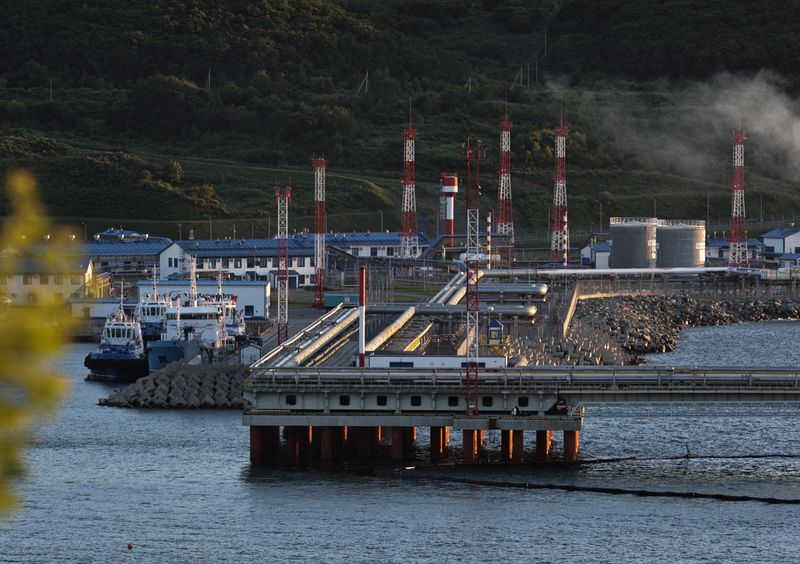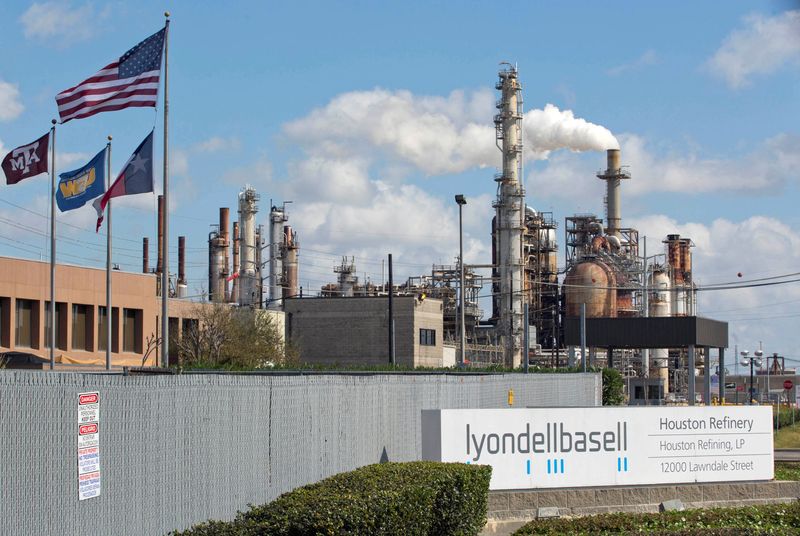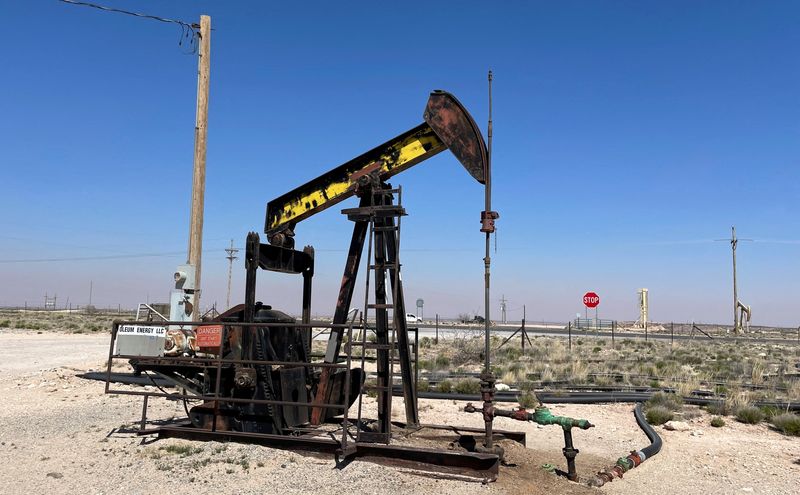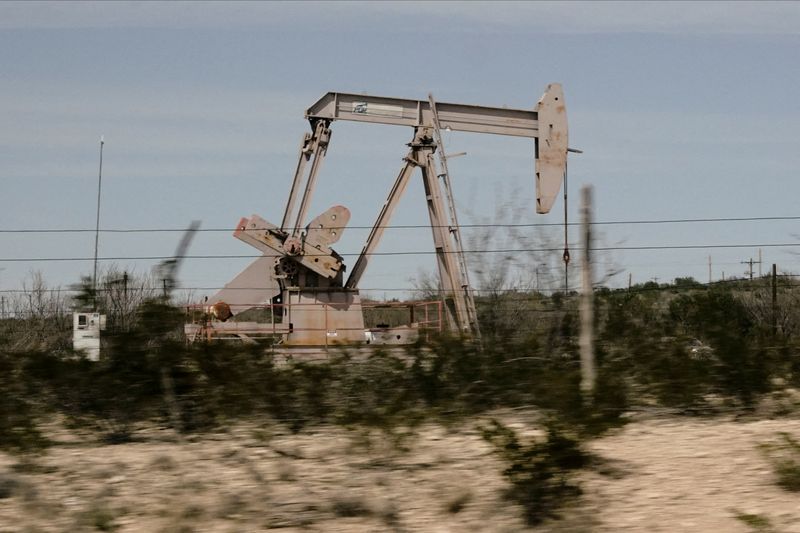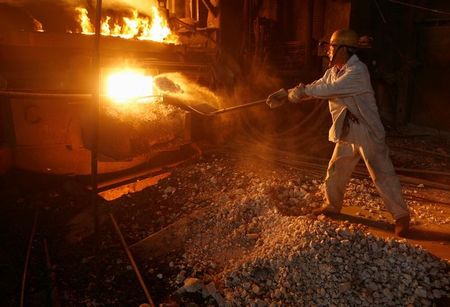
Investing.com — Analysts from UBS in a note dated Tuesday said that the global steel production landscape has faced a considerable setback in August 2023, with output declining by 7% year-over-year.
This decline is particularly more in China, where production plummeted by 13% year-over-year.
The drop in production reflects a broader trend of weakening demand across the sector, prompting steel producers to take more downtime than usual due to negative profit margins.
While overall global output has decreased, steel production outside of China actually saw a slight rise of 2% year-over-year. In important markets like the European Union, the UK, and South America, there was modest growth in steel production, even though this is usually a weaker time of year.
On the other hand, North America saw a drop in production compared to last year. UBS estimates that global steel utilization fell by 5 percentage points from the previous month, reaching about 70% in August, down from around 75% in July.
Looking at price trends, the steel market shows different patterns across regions. In China and the United States, prices for hot-rolled coils have remained strong, with increases of 7% month-over-month in China and 4% in the US.
These price rises are due to several factors, including higher mill prices, fewer maintenance shutdowns, and steady demand.
In contrast, the European market is experiencing challenges, with HRC prices falling by 7% month-over-month. This ongoing decline in the EU is largely due to consistently low demand and competition from cheaper imports, which are putting significant pressure on prices.
Despite the challenges in pricing, raw material costs have been on a downward trajectory, with coking coal prices dropping by 7% m/m and iron ore prices decreasing by 1%. Interestingly, while the European HRC spreads over iron ore and coking coal have fallen by 7% m/m, spreads in the US have experienced an uptick of 9% m/m.
Going forward, UBS analysts identify several factors that could influence the steel market. In the United States, steel prices have rebounded to $720 per ton from the lows of $645 per ton observed in July.
This recovery is fueled by mill price increases and fewer maintenance outages. However, leading players such as Nucor and Steel Dynamics have issued guidance for third-quarter 2024 earnings per share below market expectations, primarily due to declining selling prices and reduced fabrication volumes.
In contrast, the European market continues to grapple with weak demand and an influx of cheaper imports, resulting in a lack of clear catalysts for price increases in the near term.
However, UBS expects that a falling interest rate environment, increased federal spending through various legislative acts along with a recent 50 basis points cut by the Federal Reserve, could boost demand and pricing in 2025.
UBS favors several companies in the steel sector, including ArcelorMittal (AS:MT), SSAB (ST:SSABa), JFE Holdings (TYO:5411), BlueScope Steel (ASX:BSL), Steel Dynamics (NASDAQ:STLD), Nucor (NYSE:NUE), and Commercial Metals Company (NYSE:CMC), all of which have received buy ratings. Conversely, POSCO (KS:005490) has been rated as a sell, due to weaker leading indicators.
While there are investment opportunities in the steel sector, it also faces several risks. UBS points out key challenges, such as the unpredictable nature of steel prices and the possibility of global trade restrictions.
The industry is very cyclical, and an early return to oversupply could threaten price expectations, putting earnings forecasts and valuations at risk.
The sector is vulnerable to a range of political, financial, and operational issues that could greatly affect overall performance.
This post is originally published on INVESTING.

